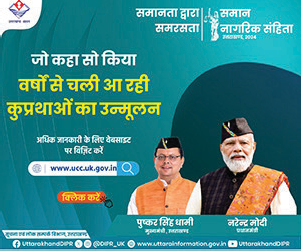New Delhi: In a move that will impact millions of ATM users across India, the Reserve Bank of India (RBI) has approved a revision in ATM interchange fees, which will come into effect from May 1, 2025. The hike in charges is expected to make withdrawing cash from ATMs more expensive, as customers will incur additional costs once they exceed their free transaction limit.
This change follows requests from white-label ATM operators, who have been struggling with rising operational costs. These operators argued that the increasing expenses associated with running ATMs were affecting their business, prompting the RBI to approve the fee hike.
New Charges:
-
For financial transactions (such as cash withdrawals), customers will now pay an additional Rs 2 per transaction beyond their free limit. This means withdrawing cash from an ATM will now cost Rs 19 per transaction, up from the earlier Rs 17.
-
For non-financial transactions, such as checking account balances, the fee will rise by Rs 1, bringing the cost to Rs 7 per transaction.
The increase in charges will apply nationwide and is expected to particularly affect customers from smaller banks. These banks, which rely on larger financial institutions for ATM infrastructure, are more vulnerable to rising costs, making the fee hike a significant concern for their customers.
Impact on Digital Transactions:
The RBI's decision comes at a time when digital payments in India have been on the rise. According to government data, digital payments surged from Rs 952 lakh crore in FY14 to Rs 3,658 lakh crore in FY23, reflecting the country’s shift toward cashless transactions. As more people embrace digital wallets and UPI transactions, the need for cash withdrawals is gradually declining.
With the new fee hike, customers who still rely on ATMs for cash withdrawals may find themselves burdened with additional charges, further accelerating the trend toward digital alternatives.
The fee hike marks a significant shift in the landscape of banking services in India, as consumers, particularly those in rural areas or smaller cities, may continue to depend on ATMs, despite the growing popularity of online payment methods.
Concerns:
The increase in ATM fees could lead to frustration among customers who continue to rely on cash transactions. As ATM usage becomes costlier, there could be a further decline in the number of ATM withdrawals, pushing more users toward digital payments platforms. The decision could also impact low-income groups who are less likely to access online payment methods.
Despite the RBI's rationale for the hike, the shift in charges is bound to have a ripple effect on consumers and businesses, pushing for a more cashless society.




 Previous
Article
Previous
Article












